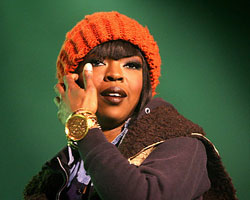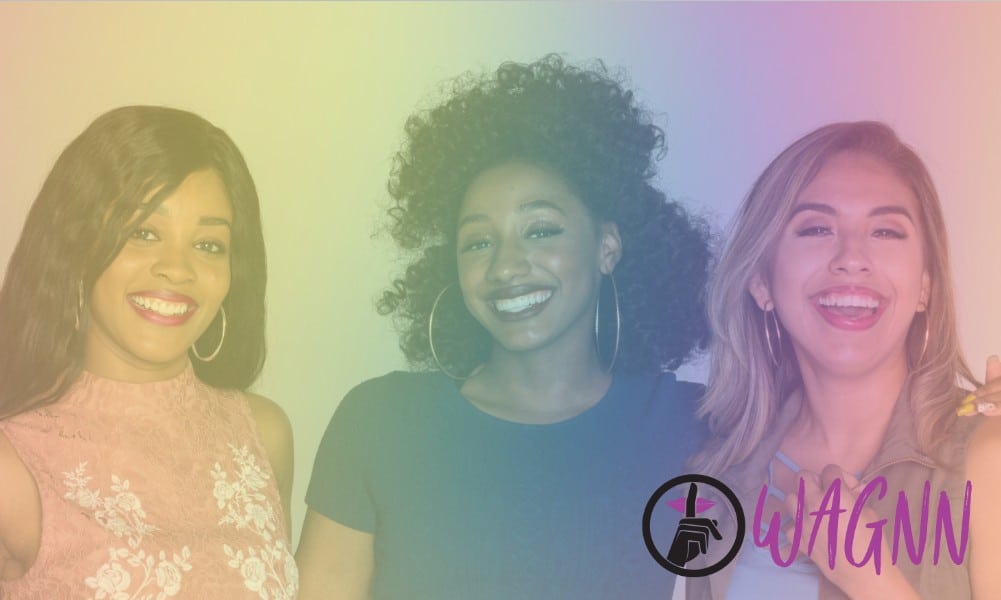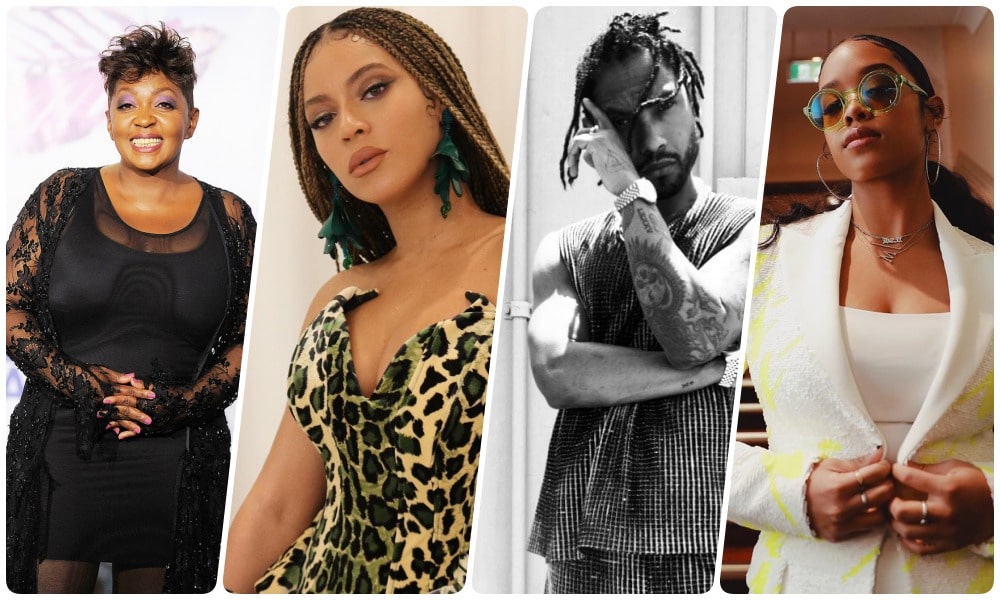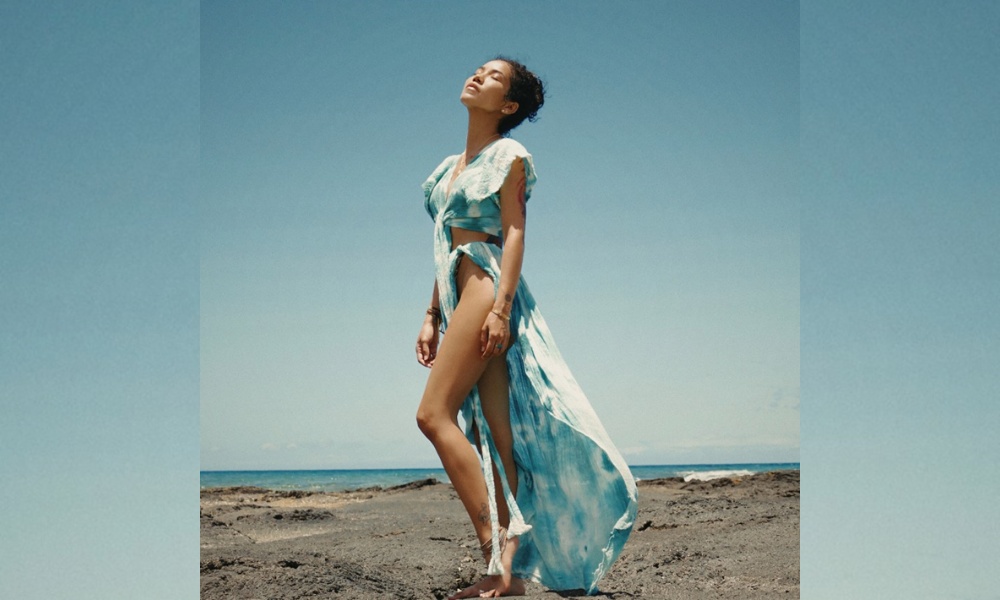“I reminisce for a spell, or shall I say think back…” âPete Rock and CL Smooth and (They Reminisce Over You)
August 2008 marked the tenth anniversary of the release of the instantly critically acclaimed album, The Miseducation of Lauryn Hill. Ms. Hill’s debut would have a lasting impact. Fans dismayed by her sudden departure and stinging absence continually request (if not demand) for her return and often look to other female artists to pick up where she left off. But it is not only Lauryn Hill they are demanding. People are looking to regain a past era in which a diverse collection of female artists thrived.
In the seemingly short span that was the 1990s, a wide variety of female artists were visibly present in both R&B and Hip Hop music (once upon a time, there were female emcees). At times, Billboard charts played host to several different female artists from either genre. But, if all of these artists would have crowded into a solitary, narrow lane, their presence would have been trivial, notwithstanding; this is largely because when women, black women specifically, embody stereotypes, they become invisible (Who wants to read the same sentence twice if it is already known what will be said before it is even glanced over once?). What was even more significant was what these women represented, the diversity they brought to the music industry.
Glancing over the list of female artists on today’s scene, it is clear this trend of variety has significantly faded. Both the buying masses and the artists themselves have failed to promote individuality. Now, it seems it is increasingly difficult to stray from the supposedly “picture perfect” image of an artist such as Beyonce. Today, there is one acceptable mold that adheres to the stereotypical definition of beauty with one acceptable message of sex. With empty images such as this permeating music, it has become much harder for artists seeking an alternative route of say, being themselves, to be successful or to reserve even a small space in the public’s mind.
Artists and groups like Salt-N-Pepa, SWV, Missy Elliot, Jill Scott, Angie Stone, Rah Digga, Monica, Brandy, Aaliyah, Foxy Brown, Mary J. Blige, 702, Faith Evans, Queen Latifah, Total, Monie Love, and Toni Braxton (the list is truly endless), presented the buying public with many different portrayals of black women. They were the overly sexualized and the complete virgins, the soul singer and the pop princess, the small, the medium, and the large. They were the light, the tan, and the dark. Short, long, wavy, and braided hair.
Instead of conforming, they constructed their own paths and because of their uniqueness, they were alluring. These women grabbed the covers of magazines, the tops of the charts, and the respect of many. And most without having to shed their clothing or pounds, lighten their skin, reconstruct their nose, or lengthen their hair.
There was pure talent to accompany their outward appearances, a message to be sent and received. So, between then and now, what happened? —— By: Bethany N.
Since 2005, Singersroom has been the voice of R&B around the world. Connect with us via social media below.








